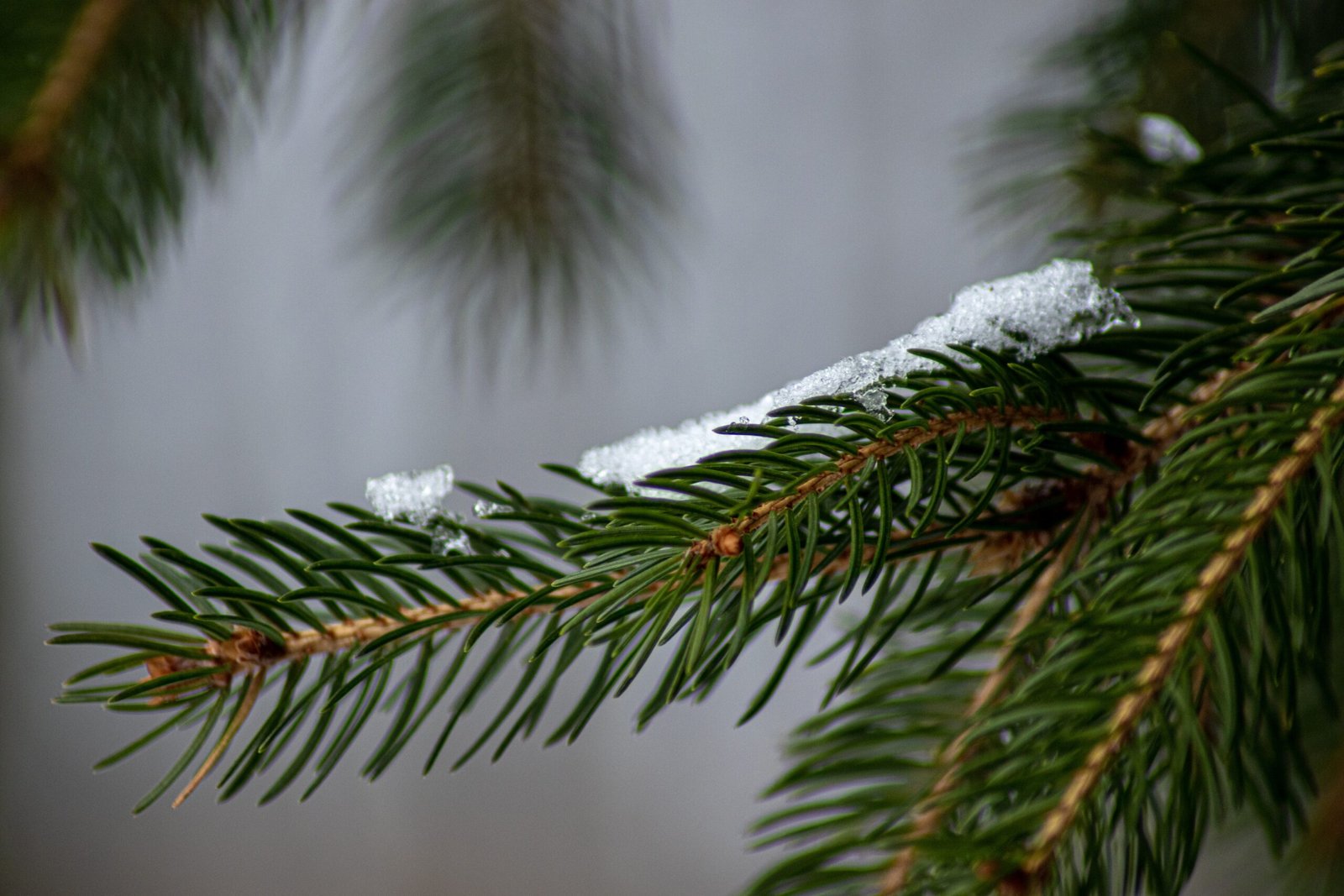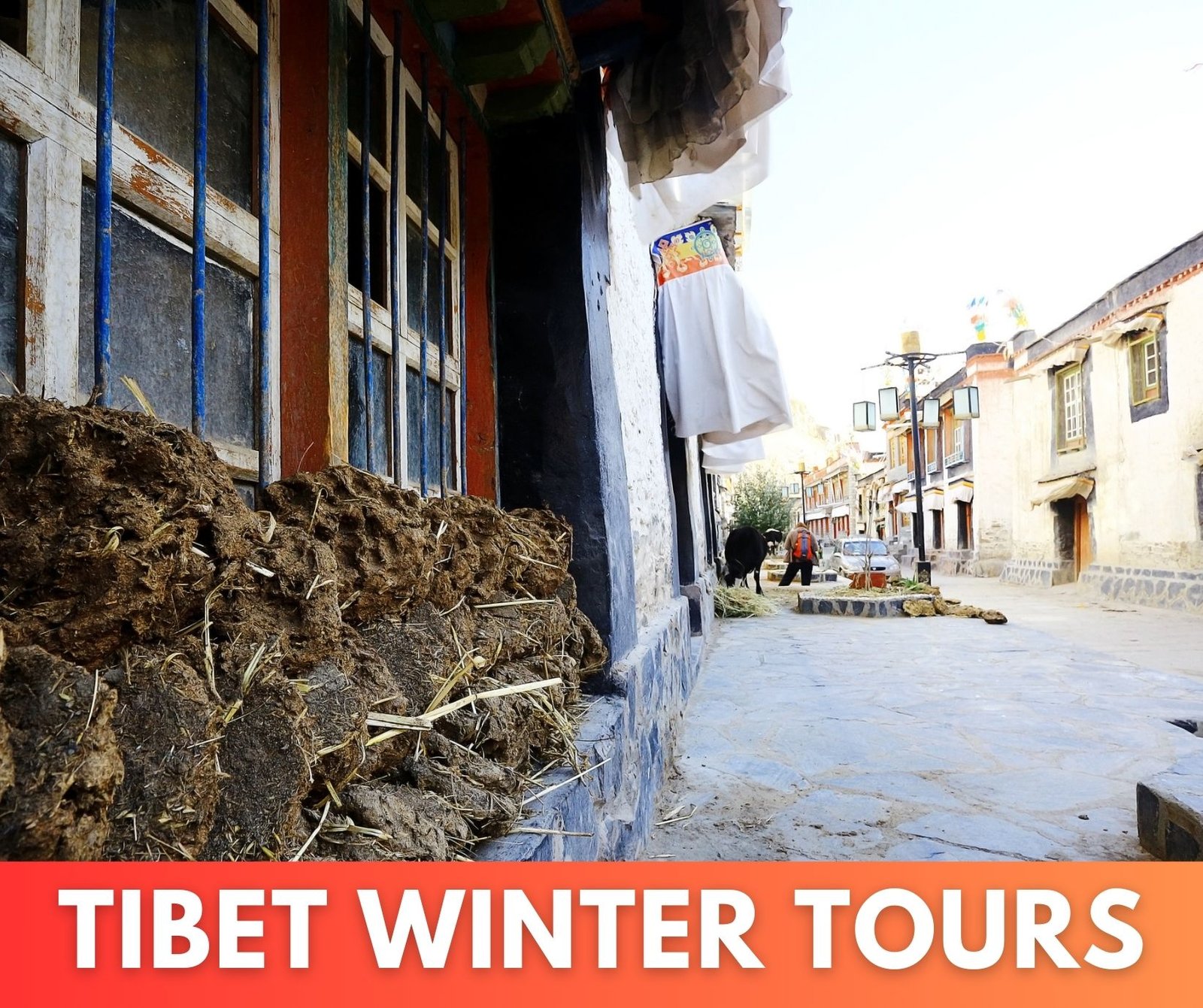When it comes to planning a winter getaway, Tibet may not be the first destination that comes to mind. However, this enchanting region offers a unique and unforgettable experience during the colder months. From snowy landscapes to vibrant festivals, a winter tour of Tibet is a journey like no other.
Boosting Tibet’s Winter Tourism: Innovative Strategies for Off-Season Travel
Tibet, often hailed as the “Roof of the World,” experiences its peak tourist season from April to October. However, the months from November to March traditionally see fewer visitors due to various geographical and climatic challenges. In a strategic move to revitalize winter tourism, the Autonomous Region Tourism Development Department introduced the “Winter Travel to Tibet” incentive in February 2018, aiming to balance the seasonal disparity in tourism.
Winter Travel to Tibet: A Game-Changing Initiative
This initiative marked a significant shift in addressing the off-season slump in tourism. By offering subsidies and incentives, including reduced costs for scenic spot entries, travel agency services, airfare, and hotel accommodations, the policy aimed to attract more tourists to Tibet’s winter landscapes. This approach not only enhanced tourist influx during the colder months but also contributed to a more sustainable and evenly distributed tourism economy throughout the year.
Impressive Results and Ongoing Commitment
The launch of “Winter Travel to Tibet” witnessed a remarkable surge in tourist numbers. During its first phase, Tibet welcomed 4.8234 million domestic and international tourists, generating revenue of 5.74 billion yuan. This success demonstrated the potential of off-season travel and paved the way for continuous efforts in this direction. To date, substantial investments have been made across multiple phases of the initiative, focusing on both financial incentives for tourists and the overall enhancement of the tourism infrastructure.
A New Era for Tibet’s Tourism
The “Winter Travel to Tibet” campaign represents a new chapter in the region’s tourism industry, turning the once “sluggish” off-season into a thriving period of growth and activity. With ongoing reviews and enhancements to the program, the Autonomous Region Tourism Development Department continues to innovate and invest in making Tibet a year-round destination, enriching the tourism experience for visitors and fostering sustainable development in the region.
Winter Highlights in Lhasa
Lhasa, the capital city of Tibet, is a must-visit destination during the winter season. Despite the chilly temperatures, the city comes alive with cultural celebrations and breathtaking sights. One of the highlights is the Tibetan New Year, also known as Losar. This vibrant festival is a spectacle of colorful costumes, traditional music, and lively dances.
Another winter highlight in Lhasa is the Gaden Ngachen Chenmo Festival. This monastic festival showcases the rich Buddhist traditions of Tibet, with monks performing sacred rituals and prayers. It’s a unique opportunity to witness the spiritual side of Tibetan culture.
Exploring the Snowy Landscapes
One of the most captivating aspects of a winter tour in Tibet is the snowy landscapes. Imagine gazing at the majestic Himalayas covered in a pristine white blanket of snow. The journey from Lhasa to Nepal offers breathtaking views of snow-capped peaks, frozen lakes, and picturesque valleys.
For those seeking adventure, a winter trek to Everest Base Camp is an experience of a lifetime. The trek takes you through remote villages, ancient monasteries, and awe-inspiring mountain vistas. The serenity and tranquillity of the winter season add an extra layer of magic to this already extraordinary journey.
Winter Tour to Tibet” Boosts Tourism and Economy
The “Winter Tour to Tibet” initiative, since its inception, has significantly increased tourism in the region, attracting visitors from across the country. This campaign has been particularly effective during the winter season, including the Tibetan New Year festival in 2023.
Impressive Tourist Influx During the Tibetan New Year
During the 2023 Tibetan New Year festival, the region welcomed 594,700 tourists, accounting for 29.9% of the total visitors during the fifth round of the “Winter Tour to Tibet.” The unique cultural festivals and rich national heritage have become key attractions, drawing tourists to Tibet during the colder months.
Development of Winter Tourism Products
Tibet is actively developing and enhancing winter tourism offerings, such as snow-capped mountains, hot springs, lakes, and rural tourism. The region is focusing on the integrated development of “tourism +”, encouraging more scenic spots to participate in the “Winter Tour to Tibet” with various preferential policies.
Tourists’ Responses and Economic Benefits
Despite the year-end, the streets of Lhasa are bustling, contrary to the sparse tourist presence in previous winters. Tourists, like Ms. Wu from Kunming, Yunnan, are attracted by the free tours of A-level scenic spots (except temple areas) offered during the winter. The significant cost savings in entrance fees, airfares, and accommodations make winter an appealing time to visit. For instance, a 7-day group tour starting from Lhasa costs around 2,500 yuan in the off-season, compared to 3,600 yuan during peak season.
Hotel Industry and Transportation Pricing
Hotels, including three-star and above as well as boutique hotels, offer off-season rates, with some hotels reporting up to 70% occupancy in November, a rate significantly lower than peak season prices. Legal transportation enterprises also reduce their fares, not exceeding 50% of peak season prices, providing additional incentives for winter travel.
Immersing in Central Tibet’s Culture
Central Tibet is a cultural hub that showcases the rich heritage and traditions of the Tibetan people. During the winter season, the region offers a unique opportunity to immerse yourself in the local culture. From visiting ancient monasteries to participating in traditional rituals, there are countless ways to connect with the heart and soul of Tibet.
One of the highlights of a winter tour in Central Tibet is a visit to Yamdrok Tso Lake. This sacred lake is known for its turquoise waters and stunning mountain backdrop. In winter, the lake freezes over, creating a surreal and ethereal landscape that is simply breathtaking.
Comprehensive Guide to Travel Costs from Major Cities to Lhasa
Embarking on a trip to Lhasa, Tibet, involves various travel options, each with distinct costs. Here’s an overview of the current prices for flights and trains to Lhasa from major Chinese cities, along with recommendations for accommodations and dining.
Flight Prices to Lhasa
- From Chengdu: Direct flights cost around 800 yuan.
- From Xi’an: Direct flights are priced at about 900 yuan.
- From Chongqing: Expect to pay around 900 yuan for direct flights.
- From Hangzhou: Direct flights to Lhasa are about 1,000 yuan.
Train Travel from Shanghai to Lhasa
- Direct Train vs. High-Speed Transfer: Both options cost approximately 400+ yuan for a hard seat and 800+ yuan for a hard sleeper. The travel duration is similar, making the direct train the recommended choice.
- Flight from Shanghai: For air travel, you’ll need to transfer or make a stop. The average ticket price for a transfer flight is about 1,500 yuan, while a stop-over flight ranges from 1,800 to 2,000 yuan. (Note: Air ticket prices are subject to change on the departure day.)
Accommodation Options in Lhasa
- Youth Hostels: Prices in the off-season range from 25 to 60 yuan/day for a bed. Private rooms or triple rooms for families cost about 150 to 230 yuan/day.
- Hotels: Higher-rated hotels offer off-season prices of around 130~300 yuan/day, varying by room type. For more comfort, well-located hotels with good ratings charge about 180 to 400 yuan/day. Prices are roughly half compared to the peak season.
Dining in Lhasa
- Special Meals (Tibetan/Nepalese Food): The average cost per person is about 60 to 100 yuan.
- Local Meals (Tibetan Noodles, Sweet Tea): Around 20 to 30 yuan per person.
- Sichuan Cuisine and Hot Pot: A meal in a down-to-earth restaurant costs about 30 to 80 yuan per person. In popular hot pot restaurants, the average meal price ranges from 80 to 150 yuan per person, ideal for group dining.
This guide provides a snapshot of the current costs for travelling, staying, and dining in Lhasa, helping travellers plan a budget-friendly yet enjoyable trip to this fascinating city.

Curating the Best Winter Tour of Tibet
When planning a winter tour of Tibet, it’s essential to choose the right itinerary to make the most of your experience. A well-curated tour will ensure that you don’t miss out on the highlights while providing a comfortable and enjoyable journey.
Some of the key factors to consider when selecting a winter tour of Tibet include the inclusion of major festivals, opportunities for cultural immersion, and the chance to explore the snowy landscapes. Additionally, it’s important to choose a reputable tour operator that prioritizes safety and sustainability.
Whether you’re seeking adventure, cultural exploration, or simply a unique winter escape, Tibet has it all. From the vibrant festivities of Lhasa to the serene beauty of the snowy landscapes, a winter tour of Tibet promises an unforgettable experience. So, why not embrace the magic of winter and embark on a journey to this enchanting land?


